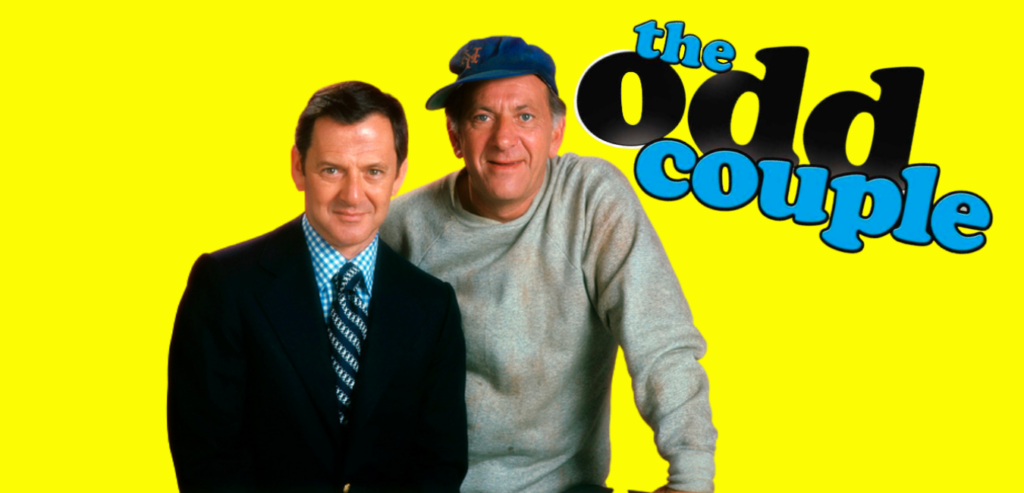
- 28th April 2023 |
- 5 minutes
Home >> Insights >> Content Hub >> The Other Side of the Story: Baby Boomers Flocking to Streaming Services.
Baby Boomers Embracing Streaming Services
The other side of the streaming story: TV viewership vs. CTV viewership.
Age is Just a Number: Baby Boomers Prove They're "Just as Tech-Savvy" as Millennials on Streaming Services.

As the advertising industry continues to evolve, FMCGs face the challenge of attributing TV and cross-media ads to specific business outcomes.
Over the last few years, more and more people have been ditching cable TV in favor of streaming services. While it’s not surprising that younger generations have been leading the charge, what is surprising is that the number of baby boomers using streaming services has also seen a significant increase. In this article, we’ll take a closer look at the other side of the story: Baby boomers flocking to streaming services.
The Rise of Baby Boomer Streaming.
According to industry data, Americans aged 50 and above accounted for a substantial percentage of streaming watch time in May 2022.
This adoption of streaming services by Gen X consumers and Baby Boomers has come as they part ways with cable services. The rise in streaming among this age group has gone together with easier access to streaming services, including smart TVs and connected set-top boxes. Additionally, older viewers favor genres such as comedy, crime, thriller, action, and adventure.
Baby Boomers Increasing Streaming Watch Time.
GWI research found that baby boomers (aged 55 and up) doubled their watch times on streaming services from 29 minutes a day to an hour a day during the first half of this year, compared to the same period last year.
This jump is the biggest increase of any age group. Once people 50 and above dive into streaming, they find a broad universe of content, increasingly curated with their tastes in mind. Peter Blacker, NBCUniversal’s executive VP of agency partnerships and head of diversity, equity, and inclusion within its advertising and partnerships division, commented on this phenomenon.
Streaming Overtakes Traditional TV Viewing.
Although Linear TV still presents a major opportunity and more so with Silver Streamers, streaming has become the dominant way of consuming content, with a resurgence in viewing preference for TVs relative to mobile devices, tablets, and other ways of viewing. As a matter of fact, baby boomers in the U.S. are more likely to have watched streaming content on a TV in the past 12 months than other age groups, according to a May 2022 survey from YouGov and TTD. As the growth of streaming continues, it’s important for marketers to understand these changing trends in viewer habits.
Perception of TV and Streaming Services.
The distinction between TV watching and streaming shows on platforms such as Netflix has become increasingly clear to younger generations.
We can all think of the anecdotal situation where a father asks his teen son to turn off the TV and do his homework, to which the son could typically reply, “Dad, I’m not watching TV, I’m streaming a show on Hulu.” While the father may have viewed all forms of screen time as the same, the son will for sure make a clear distinction between traditional TV viewing and streaming on-demand content, namely AVOD, BVOD, SVOD, PVOD and any other VODs you can think of… This difference in perception is fundamental for marketers seeking to effectively target their desired audience with their advertising messages.
Decline of TV Viewing.
Linear TV consumption has decreased across all generations, with Gen Z seeing the biggest drop year-over-year in the number of hours watched. While only a minority of Gen Z now watches linear TV on a weekly basis, the majority of Baby Boomers still do, although they have reduced their viewing hours from the previous year.
Top Streaming Platforms.
Netflix and Amazon Prime Video are the top favorite SVODs across all generations, followed by Disney+ and HBO/HBO Max. Connected TV (CTV) platforms like Roku, Apple TV, and Amazon Fire TV are also popular among streaming audiences.
Other popular streaming platforms include Hulu, which offers a combination of live TV and on-demand streaming, and YouTube TV, which offers live TV channels as well as access to YouTube originals and other content. In addition, there are several niche streaming services that cater to specific interests or genres, such as Crunchyroll for anime and manga fans, Shudder for horror enthusiasts, and DC Universe for fans of DC Comics.
As streaming continues to grow in popularity, more and more companies are entering the market with their own platforms. Some of the newest entries include Peacock from NBCUniversal, Discovery+ from Discovery, and Paramount+ from ViacomCBS. These platforms are trying to carve out their own niche in the market by offering unique content and features.
Overall, streaming has changed the way we consume media, and it will continue to shape the entertainment industry for years to come.

Digital Marketing Manager





